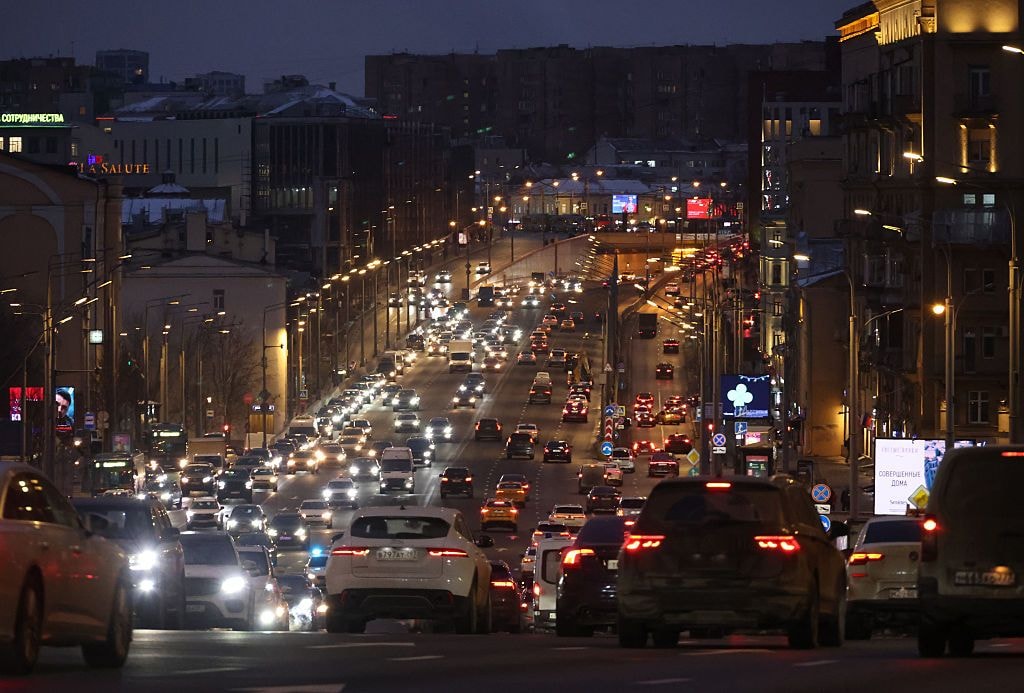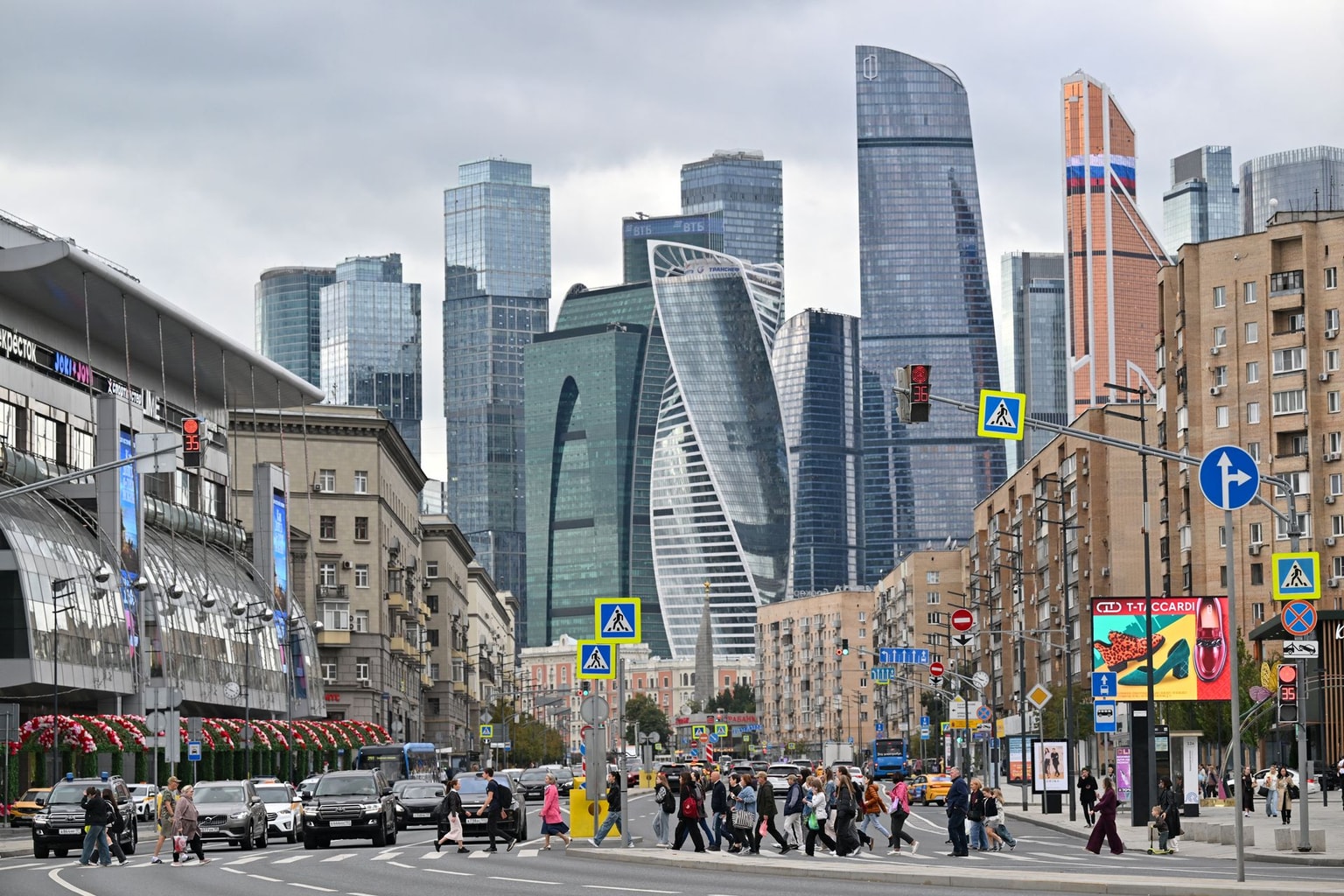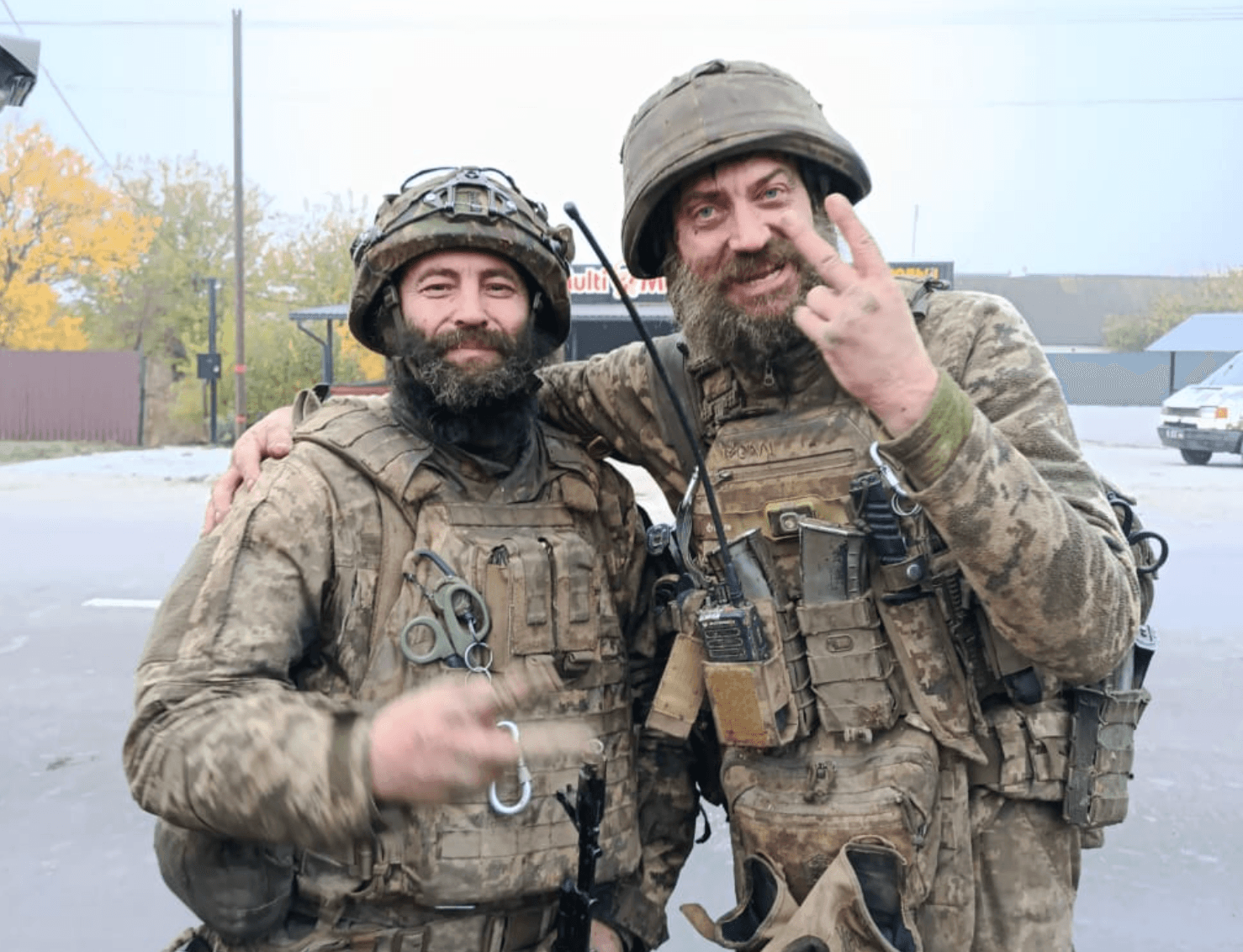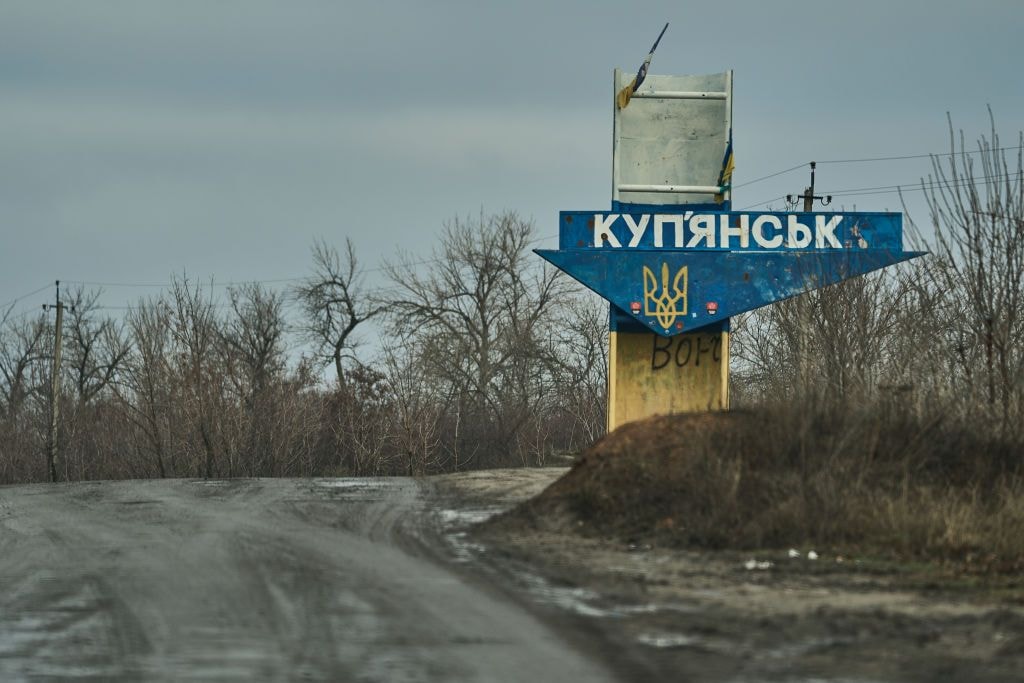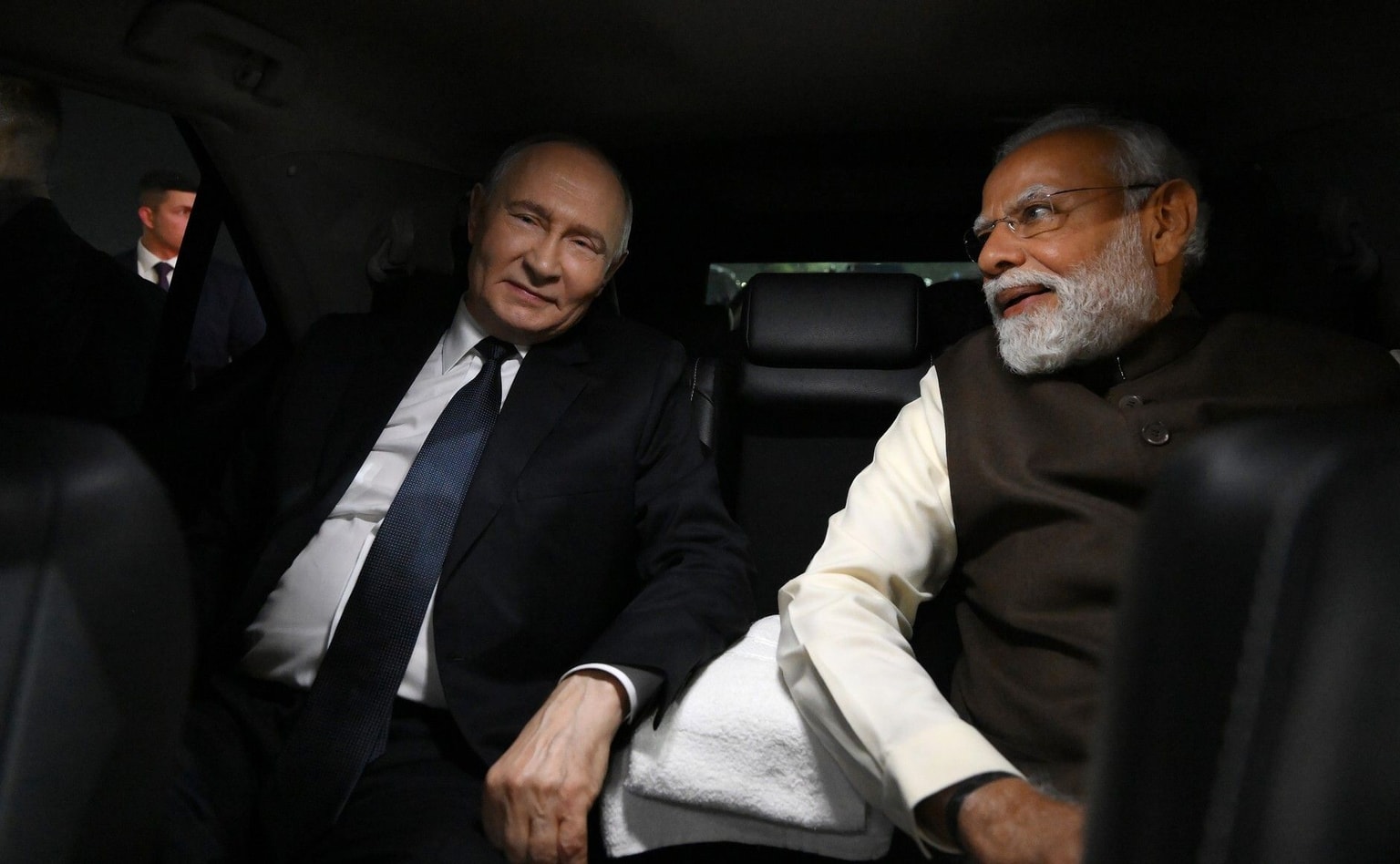European air forces could protect Ukraine from Russian aerial strikes, experts suggest

Military experts proposed to deploy European air forces to protect Kyiv and other non-front-line Ukrainian cities from Russian aerial attacks, the Guardian reported on March 6, citing the so-called Sky Shield plan.
The plan could potentially work as part of the "truce in the sky" proposed by President Volodymyr Zelensky earlier this week, preventing missiles, long-range drones, and bombs from targeting civilian infrastructure.
The project's supporters said it could be a European-led air defense zone involving 120 fighter jets that will operate separately from NATO.
According to the plan, developed by former British Air Force planners in cooperation with Ukraine's Armed Forces, the protection zone would cover Ukraine's three operational nuclear power plants, as well as the cities of Odesa and Lviv in Ukraine's south and west.
The country's east, where the fierce battles are ongoing in Donetsk Oblast, were not included in the zone.
According to the authors, this step can be more tangible than the deployment of ground troops as peacekeepers. In February, the Washington Post reported that up to 30,000 European troops could be deployed in the country after a potential ceasefire.
Among those who supported the Sky Shield plan are Philip Breedlove, former NATO supreme commander in Europe, Polish ex-President Aleksander Kwasniewski, and Gabrielius Landsbergis, Lithuania's former foreign minister.
European defense ministries have considered the plan, but their leaders have been reluctant to authorize patrolling Ukrainian skies while Russia's full-scale war is ongoing, the Guardian wrote.
In light of the U.S. policy shift and suspension of military aid to Ukraine, the initiative can be revisited, the news outlet noted. Yet, Western partners still fear an escalation if an aircraft from either side is attacked or shot down.
Russian forces regularly launch drones and missiles against Ukrainian cities and infrastructure, inflicting heavy civilian casualties. A Russian missile strike against a hotel in Kryvyi Rih late on March 5, carried out shortly after the U.S. paused vital intelligence sharing, killed four people and injured over 30.
According to figures released by Kyiv, U.N. statistics, and open-source data published by BBC Russia, the total death toll of Ukrainian and Russian soldiers, as well as Ukrainian civilians, stood at over 148,000 as of mid-February.



